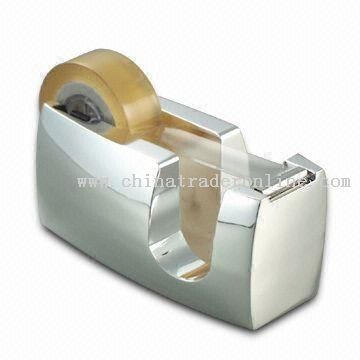


Bar codes (also called Universal Product Codes or UPC's) are small, coded labels that contain information about the item they are attached to; the information is contained in a numerical code, usually containing 12 digits. UPC's are easily scanned by laser beams. UPC's are used on many things, including most items for sale in stores, library books, inventory items, many packages and pieces of luggage being shipped, railroad cars, etc. The UPC may contain coded information about the item, its manufacturer, place of origin, destination, the owner, or other data. The first "bullseye code" was invented by Norman Joseph Woodland and Bernard Silver, from work which they began in 1948. On October 20, 1949, they patented their bullseye code (a series of concentric circles that were scannable from all directions, using regular light). Woodland and Silver patented a new UPC in October 1952; the UPC was also improved and adapted by David J. Collins in the late 1950's (to track railroad cars). UPC's were first used in grocery stores in the early 1970's.


















